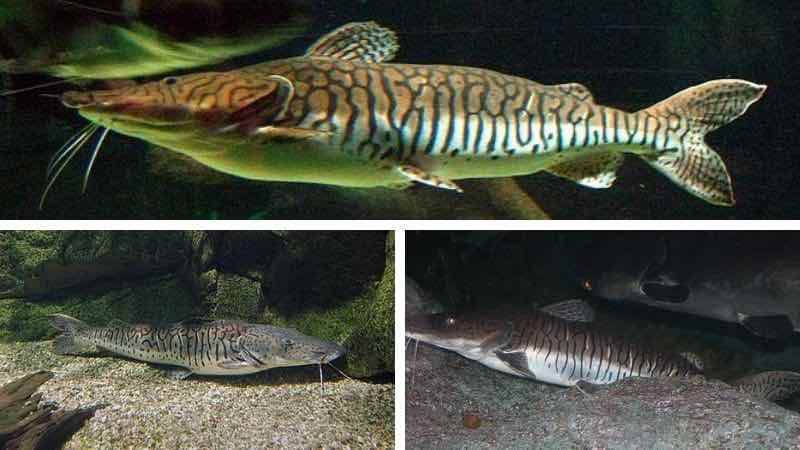
The Maidenhair(Pseudoplatystoma fasciatum), is a fish widely distributed in the water bodies of the Amazon basin, with temperatures fluctuating between 25 to 35 °C.
This species is called by different names according to the Amazon region inhabited: doncella, in the Peruvian Amazon; striped catfish, in Ecuador, Colombia and Venezuela.
In Colombia it is also called fraile. In Brazil it is known as sorumbim. The genus Pseudoplatystoma includes several species of Amazonian fishes , some of commercial importance.
Maiden characteristics
The maiden fish is a large fish, belonging to the large group of large fish known as “catfishes”, of the family Pimelodidae, which generally reach a size of more than 70 cm in length.
Specifically, it can measure up to 1.30 m, or even 1.50 m, and weigh about 20 kg. Its body is depressed, elongated and robust, naked, without scales, which is why it is called, like all catfishes, “leather fish”.
Its head is large and depressed, with almost straight lateral edges, and small eyes in dorsal position. Its mouth is large and wide.
It has three pairs of chins, one maxillary pair, black, and two chin pairs, white, which has earned it the name “catfish”.
The pectoral and dorsal fins have a hard, serrated, sharp spine containing an ichthyotoxin.
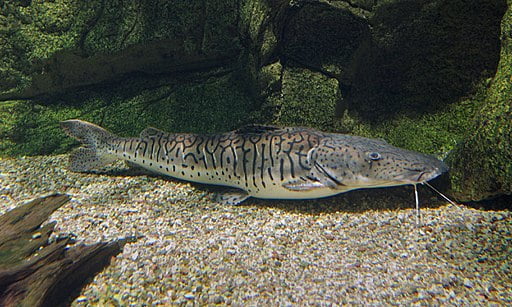
Chrumps / CC BY-SA
The end of the mouth is semicircular, with the upper jaw protruding. Its body has a gray coloration on the back and flanks, and a light color on the belly.
Its body is crossed by dark transverse bands. Hence its name of striped catfish.
Maiden feeding and living habits
This is a species of generally solitary habits, which does not move in shoals.
It lives in surface waters of lagoons or lakes, flooded areas and in the main channels of large rivers.
Its diet follows the diet of large predators: it is carnivorous, feeding on smaller fish, so it is a strict piscivore.
It has small teeth, so it usually sucks its prey.
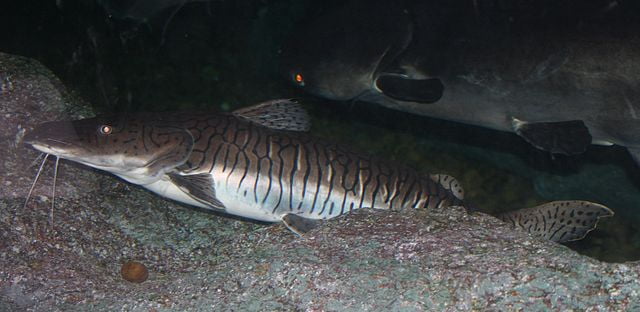
Bjoertvedt / CC BY SA
Maiden reproduction
Like many fish, it migrates to feed and reproduce. Especially for spawning, as is the case with many Amazonian fish, in close relation to the hydrological changes of the rivers.
The reproductive cycle is closely related to the mean crescent, when the waters of the rivers leave the channel and begin to form floodable areas.
Sexual maturity is reached at about 78 cm in length in females, at about five years of age, and 72 cm in males.
It breeds between June and December, in lakes where zooplankton is abundant. It lays 66,000 eggs per kilogram of weight.
Artificial reproduction of the maidenhair has been achieved industrially by hormonal induction, using carp pituitary and vudal (D-alanine).
Commercial importance of the maiden
It appears as an important species in the Amazonian landings. It occupies the first place in the Amazonian fishery landings within the group of large catfishes.
Its meat is highly appreciated for its good taste, its lack of small bones and its nutritional properties.
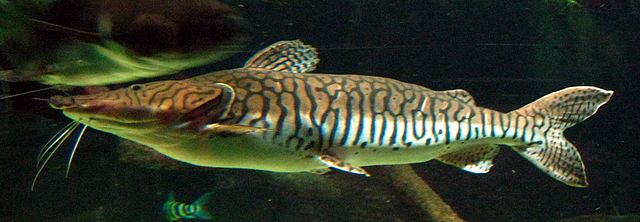
Matthieu Sontag / CC BY SA
It is a fatty fish (its content varies from 0.37 to 8.6 %, according to the season, with the maximum fat value in August and the lowest in April and May), rich in monounsaturated (oleic and palmitoleic) and polyunsaturated (linoleic, ∝-linoleic) fats.
It has a high protein content, between 15.8 and 19.8%, although lower than marine species, and a caloric value that varies between 67 and 147 kcal.
The commercial importance becomes greater when considering that the maid is an ornamental fish highly appreciated by aquarium species traders, reaching a high price in the market of specialists in the field.
Maidenhair fishing threats
Commercial fishing is currently experiencing problems due to high mercury content in waters near legal and illegal gold mining, which uses mercury in its extractive activities.
In some parts of the Peruvian Amazon, such as the Madre de Dios region, laboratory analyses have detected high mercury levels, close to the permissible limit for human consumption.
In Puerto Maldonado, values of 0.581 and even 0.676 p.p.m. have been found.
Related Posts
August 16, 2020
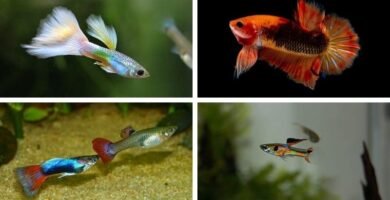
Ornamental fish
August 14, 2020
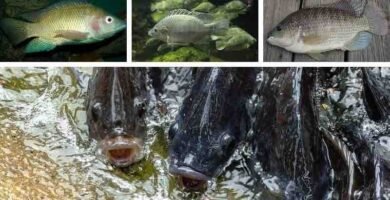
Tilapia fish (Oreochromis sp.) Characteristics
August 12, 2020
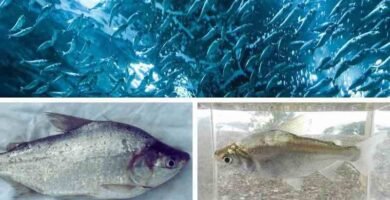
Llambina fish (Potamorhina altamazonica)
August 8, 2020
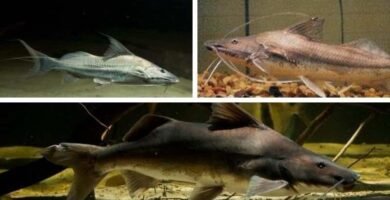
Piraiba, Laulau catfish or Manitoa (Brachyplatystoma vaillantii)
August 6, 2020
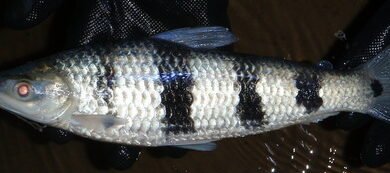
Lisa (Schizodon fasciatus)
August 4, 2020
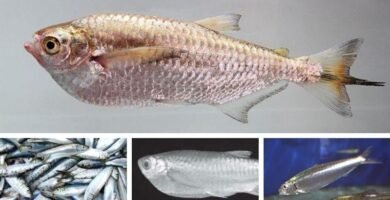
Sardine
August 2, 2020
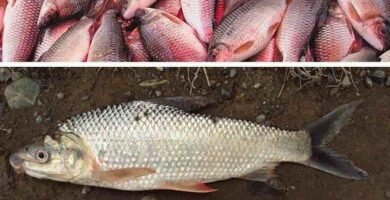
Bocachico fish (Prochilodus magdalenae)
July 31, 2020
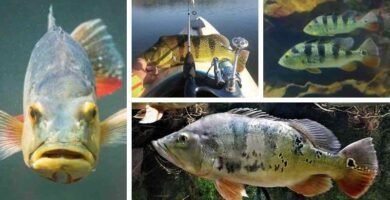
Tucunaré: an intelligent, strong and very tasty fish
April 29, 2020
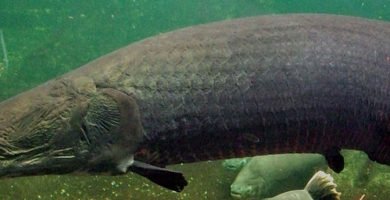
Paiche or pirarucu (Arapaima gigas)
This post is also available in:
![]() Español (Spanish)
Español (Spanish)
